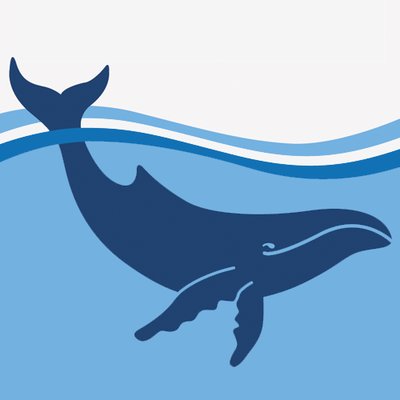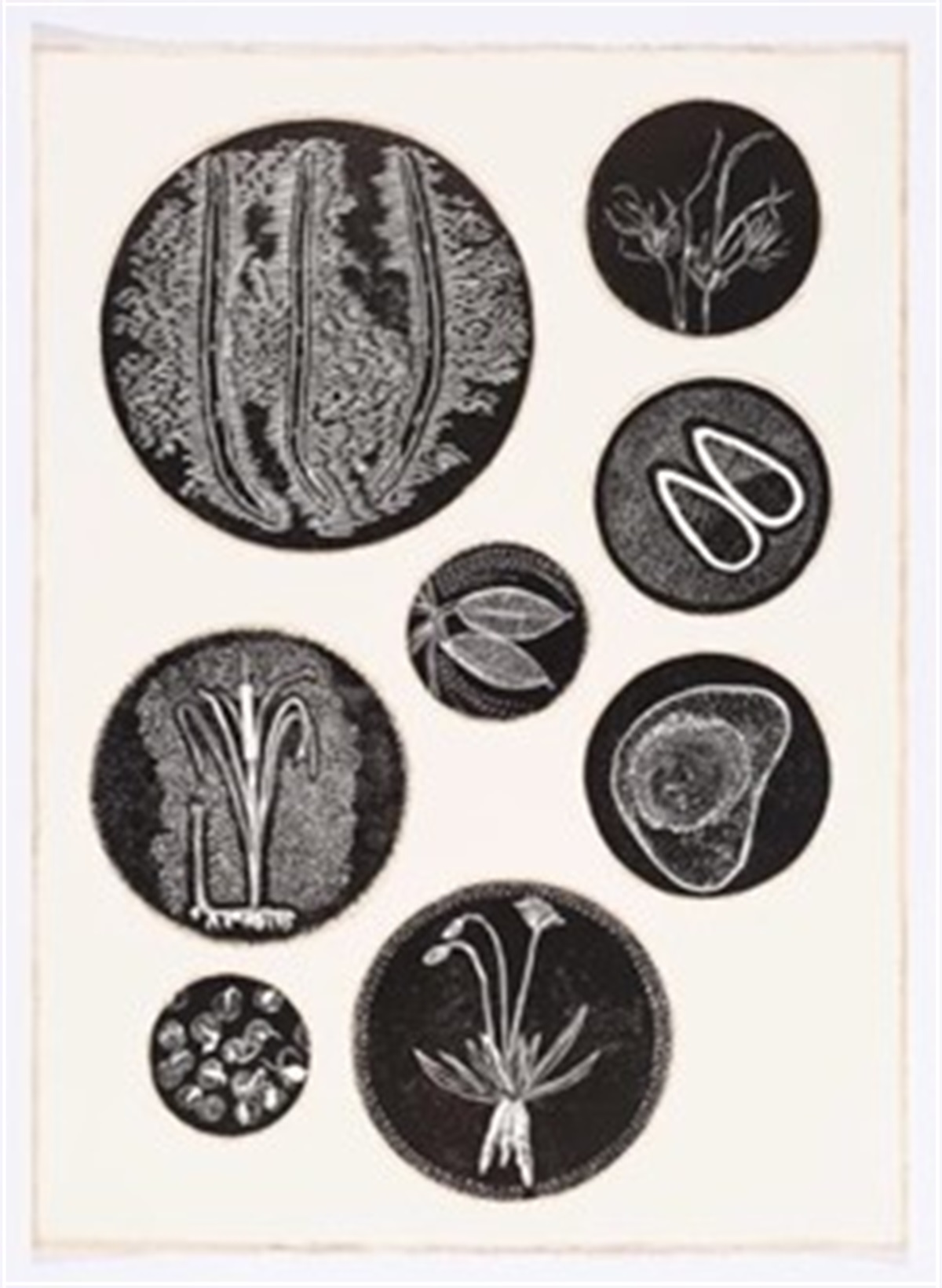Final year paramedicine students at Western Sydney University have put their clinical theory into practice during a Mass Casualty Simulation exercise, testing their skills in a simulated underground train crash scenario held in the University’s state-of-the-art 360 Degree Immersive Lab facility.
Located at the University’s new Paramedicine Building at the Campbelltown Campus, the 360-degree Immersive Lab facility allows paramedicine students to practice and be examined in a digital content generated environment with the use of projected images and recorded sounds.
Dr Navin Naidoo, Director of the Paramedicine Academic Program within the School of Health Sciences said the advanced purpose-built training facility ensures student-centred learning and provides a unique, hands-on experience in preparation for real world scenarios upon graduation.
“Our Paramedicine program provides students with the opportunity to put knowledge into practice by using large teaching spaces including simulation rooms, debrief rooms, and an Immersive Simulation Lab with control room to allow students to learn in group-based scenarios with the latest technology and mannequin patients to hone their clinical skills,” said Dr Naidoo.
“The innovative teaching facility incorporates hands-on experiences with real world scenario simulations to develop those practical, clinical and scene safety decision making skills essential for out of hospital care of patients of all ages with health complaints ranging from minor to critical.”
The students participated in an hour-long immersive simulation exercise testing their knowledge and skills under the guidance of their educators, followed by a debriefing session to talk through the experience, reflect, and share their learnings.
Simulating an underground train tunnel, the lighting was dimmed, and the 360-degree immersive screen technology projected vision and sound to test the students’ senses and prepare them for scene safety considerations and difficult access scenarios out in the field.
$(document).ready(function(){
$(‘a.fancy.fancybox-multiimage’)
.attr(‘rel’, ‘grouped-image’);
$(‘a.fancy.fancybox-multiimage.hidden’)
.css(‘display’, ‘none’);
$(‘a.fancy’).fancybox({
maxWidth : 800,
maxHeight : 600,
fitToView : false,
ajax : {
data : {
‘SQ_DESIGN_NAME’ : ‘blank’
}
},
title: this.caption,
width : ‘70%’,
height : ‘70%’,
autoSize : true,
closeClick : false,
openEffect : ‘none’,
closeEffect : ‘none’,
helpers : {
title : {
type: ‘inside’
}
}
});
});
Third year paramedicine student, Ebony Domanski, 20-years-old from Oran Park, said the immersive simulation technology helped prepare her for working in diverse and difficult settings, as not every patient is going to be easy to access or in good lighting.
“Scenarios like this simulate the increased cognitive load that comes with real life cases. It’s the little things that make a difference, and in this scenario, it was loud, chaotic, and dark. It makes you stop and think about keeping yourself safe, because especially when there are children involved, it’s really tempting to take big risks to help people,” Ebony said.
“We commonly say that you can’t choose the jobs you go to on placements, so often these simulations are the only chance we get before the real thing. This is especially true for major incidents. Preparing and rehearsing is essential so that everyone understands their role if this was a job in real life. Reading from a textbook and doing are two very different things.”
Reflecting on her passion for helping others, Ebony says it was the paramedics who came to help her father when she was younger that had inspired her journey towards a career in paramedicine.
“I am a huge people person and I love helping others. It sounds cliche but it’s true. I had a lot of paramedics in my life growing up as my Dad has a chronic illness. I always admired the calm they can bring into a situation, and I wanted to be able to do that for others.”
“I’ve come to learn in the past few years that being a paramedic is about the people. It’s about making someone’s horrible day, a little less horrible. It’s about the conversations with patients who have lived longer and seen more than you. It’s about the people you work with and the support you can offer, because at the end of the day, all you have is each other.”
“For me, if I can be the calm for just one person, if I can give them the hug that they need, or even if I can listen when they need to someone to talk to, then my job is worthwhile. I am looking forward to being a part of something bigger and engaging in the next chapter of learning. This is the kind of job where the learning never stops.”
Western Sydney University’s Paramedicine program offers real world learning experiences to its students, with opportunities for supervised clinical practice with state emergency ambulance services, international clinical placements, and short placements in paramedicine, mental health, and community and primary healthcare.










